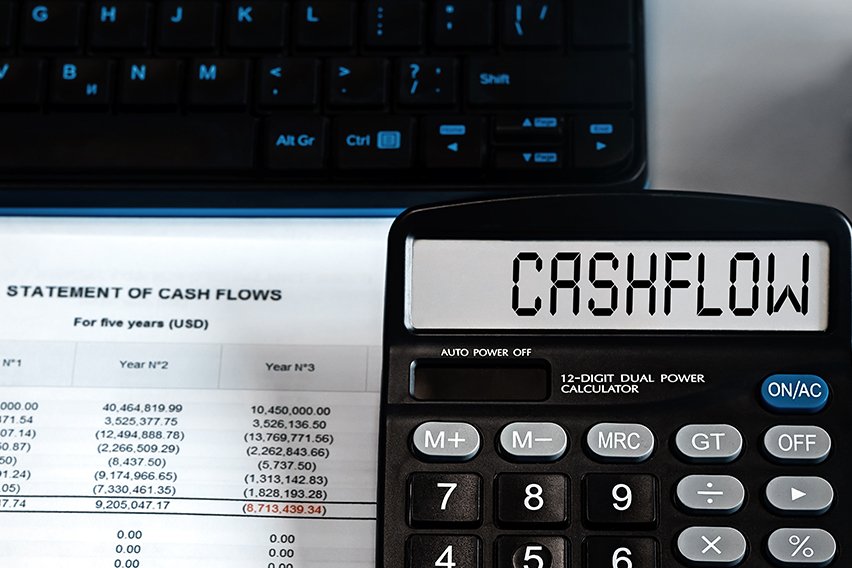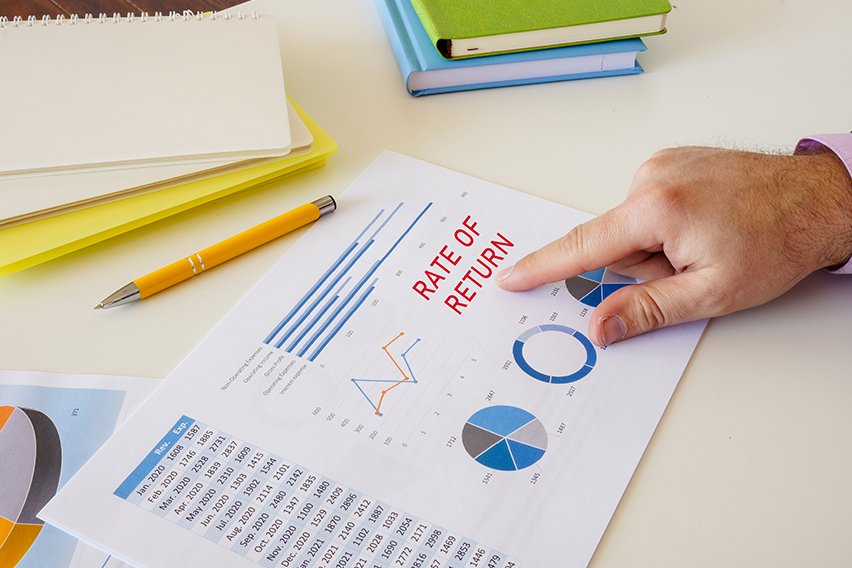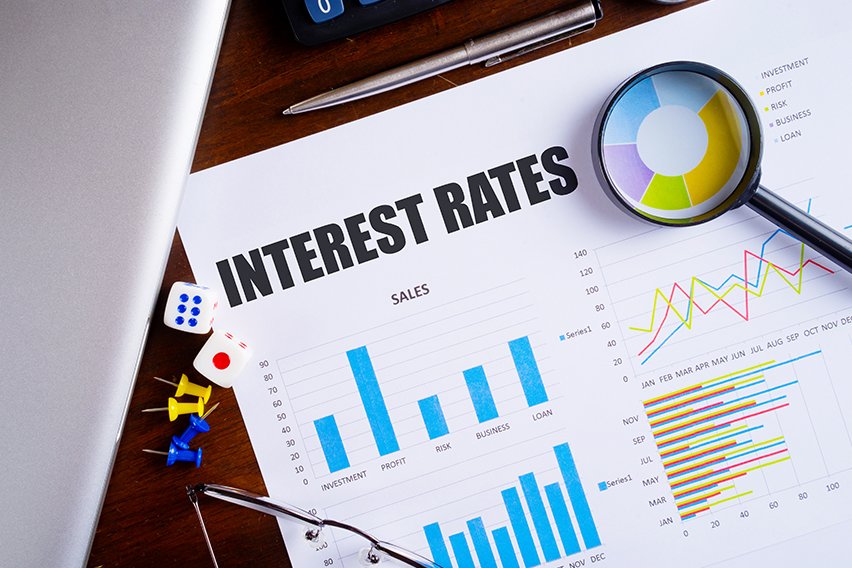Discount Rate Formula Definition & How to Calculate It

Let’s pretend for a second that you operate a cloud-based accounting business. You’re exploring the opportunity of getting some investors and growing your operations. One of the first things you’re going to do in this scenario is finding your discounted rate. This is going to make your future cash flow more attractive to potential investors.
But, measuring and calculating your discount rate can be a little bit of a complex process. It’s a key metric to use when you want to position your business for the future. Plus, accurately calculating your discount rate is critical when it comes to investing and reporting.
It will also assess new projects that your business might undertake to determine their financial viability. There is a broad range of factors that you’re going to take into account, which can include equity, debt and inventory.
Here is everything that you need to know about the discount rate and how you can calculate it.
Here’s What We’ll Cover:
Determining Value and Risk Factors of Future Investments
How to Calculate Discount Rate
Are There Limitations with Discount Rates?
What Is a Discount Rate?
Basically, the term discount rate is the rate of return that’s used when you discount future cash flows back to their present value. Your discounted rate can often be your Weighted Average Cost of Capital (WACC). Or, it can be the required rate of return or the hurdle rate that a potential investor might expect to earn.
The main purpose of a discount rate is to help calculate the Net Present Value (NPV) of your business. It’s a critical piece of your Discounted Cash Flow (DCF) analysis and it can be utilized in a few different ways.
You can account for the time value of money and the potential risk of an investment. It’s also going to act as a hurdle rate when it comes to making investment decisions. Plus, it can also help make multiple different investments more compatible.

Determining Value and Risk Factors of Future Investments
Understanding your future cash flows and their value by figuring out your discount rate is important. It’s just as important when it comes to determining the potential value and risk factors for new investments or developments. You only want to move forward with prospective investments if the revenue will outweigh the initial costs.
So, knowing your discount rate is critical to understanding where your cash flow will stand in the future. This will help you determine whether an investment will generate enough revenue to offset your initial expenses.
If you think about it from an investors standpoint, including your discount rate makes it easier to estimate future cash flows. You can also figure out how much investment is needed to ensure it’s profitable.
How to Calculate Discount Rate
When it comes to calculating the discounted rate, there are two main formulas that you can use. The first considers the weighted average cost of capital. The second considers the adjusted present value.
Weighted Average Cost of Capital (WACC)
This formula takes into account the cost of goods that are available for sale against things like inventory. It will also consider common stock, preferred stock and bonds. Plus any other longer-term debts that are already included in your company’s books.
The formula blends the cost of equity and the after-tax cost of debt. It’s calculated by multiplying the cost of your capital sources, both equity and debt, by their relevant weight. You then add the products together to figure out the weighted average cost of capital.
The formula would look like this:
E / V x Ce + D / V x Cd x (1 – T) = WACC
E = the value of equity
D = the value of debt
Ce = the cost of equity
Cd = the cost of debt
V = D + E
T = the tax rate
You can modify this formula to account for periodic inventory. Such as the cost of goods available for sale and the units for sales at the end of a sales period. As well, you can modify it for perpetual inventory, such as the average before the sale of any units.
Adjusted Present Value (APV)
The second discount rate formula you can use is the adjusted present value calculation. This approach is commonly used if you have highly leveraged transactions. This is since it takes into account the benefits of raising debts, such as an interest tax shield.
This formula can be helpful to reveal any hidden values of things that might look like less viable investment opportunities. And since you consider financing investments with debt, some opportunities become more attractive.
The formula would look like this:
NPV + PV of financing impact = APV
NPV = the net present value
PV = the present value
Are There Limitations with Discount Rates?
It’s impossible to predict the future with 100% certainty. A discounted rate is only going to be your best guess as to what might happen. And since a discount rate only gets used once to value all future cash flows, it doesn’t consider interest rates or risk profiles. And these things are constantly changing.
That said, the concept of discount rates is critical when it comes to project valuations. It’s important to find an appropriate discount rate in order for you to end up at the best possible valuation for your investment.

Key Takeaways
The main purpose of calculating a discount rate is to figure out the Net Present Value of your business. You want to determine the rate of return to use when you discount future cash flows back to their present value. It’s a crucial element of your Discounted Cash Flow analysis and you can utilize it in a few different ways.
And understanding how your future cash flows are going to look is important to determine value and risk for investments. For example, you might be looking at making an investment in new machinery or equipment for your business. Finding your discount rate can help you determine if the revenue generated will outweigh the initial investment.
This can help you make a more informed decision about your investments and new opportunities. You can make sure you’re not investing in things that aren’t going to provide you with any type of tangible return on investment. Plus, you can see if multiple different investments are compatible.
There are two primary ways for you to calculate your discount rate. The first is by using the Weighted Average Cost of Capital formula. It takes into account the cost of goods that are available against your inventory, which can be common stock, preferred stock or bonds.
You can also modify the formal to consider periodic inventory or perpetual inventory.
The formula looks like this:
E / V x Ce + D / V x Cd x (1 – T) = WACC
E = the value of equity
D = the value of debt
Ce = the cost of equity
Cd = the cost of debt
V = D + E
T = the tax rate
The second way is by using the Adjusted Present Value formula. This approach takes into account the benefits of raising debts like an interest tax shield. It can be a useful formula to reveal whether or not something is actually valuable when it doesn’t look like a good investment opportunity.
The formula would look like this:
NPV + PV of financing impact = APV
NPV = the net present value
PV = the present value
Did you enjoy reading this guide? Head over to our resource hub for more great content!
RELATED ARTICLES

 Bookkeeping Basics: A Small Business Guide
Bookkeeping Basics: A Small Business Guide How to Make a Cash Flow Forecast
How to Make a Cash Flow Forecast How to Calculate Revenue? Sales Revenue Formula
How to Calculate Revenue? Sales Revenue Formula What Is Rate of Return (ROR) & How to Calculate It
What Is Rate of Return (ROR) & How to Calculate It Managing Debt: 10 Tips or Advice on Dealing With Debt
Managing Debt: 10 Tips or Advice on Dealing With Debt What Is Interest Coverage Ratio? Definition & Calculation
What Is Interest Coverage Ratio? Definition & Calculation